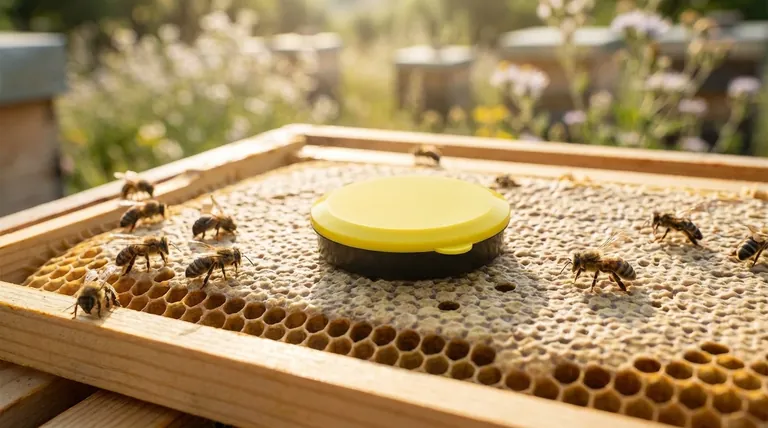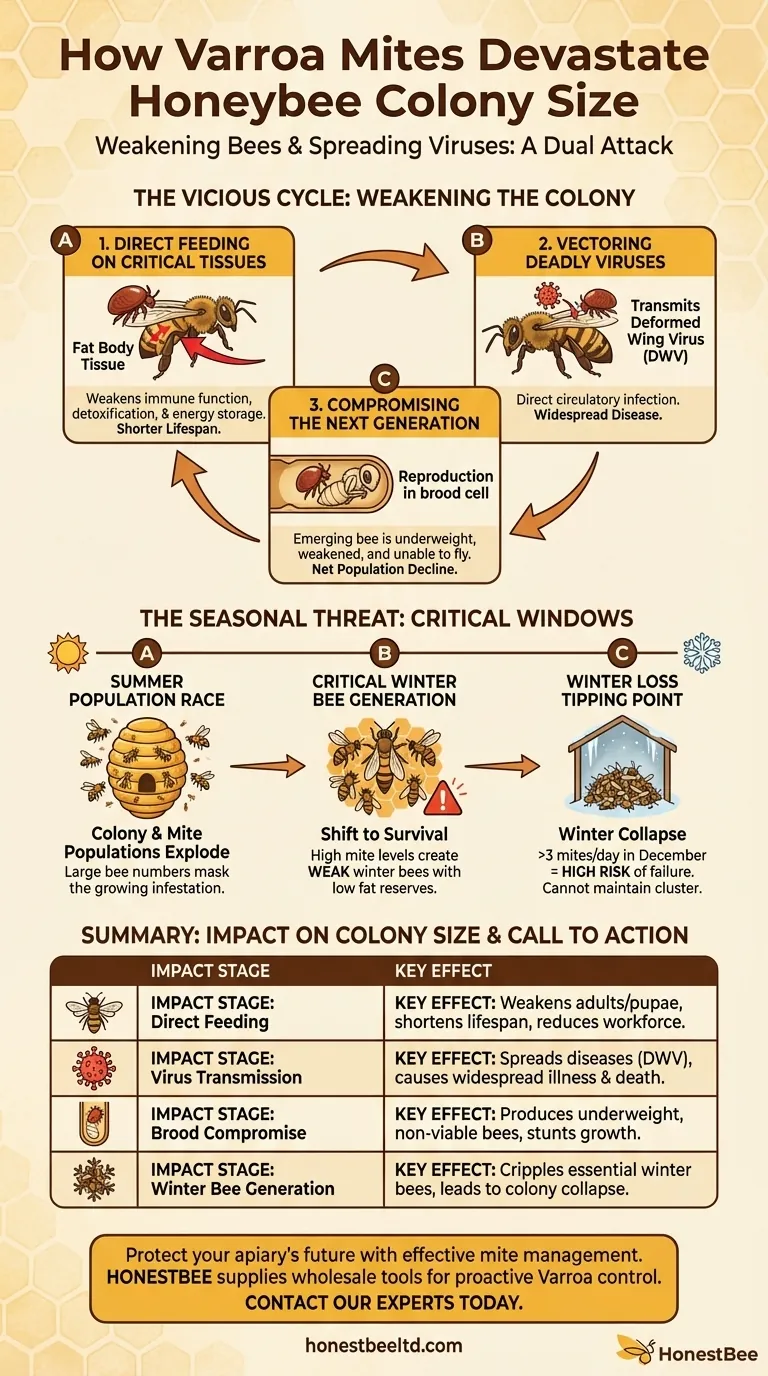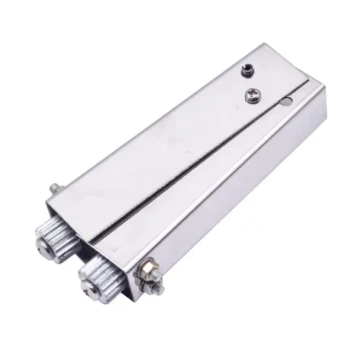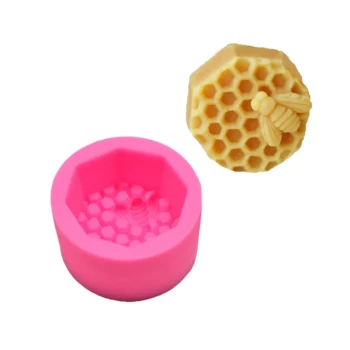In short, Varroa mites devastate honeybee colonies by weakening individual bees and spreading viruses. This dual attack stunts the colony's population growth, reduces its productivity, and severely compromises its ability to survive the winter. A colony that appears strong in summer can collapse completely by spring if mite levels are not controlled.
Varroa mites do not just shrink a colony; they fundamentally cripple its ability to regenerate. Their most catastrophic impact is on the generation of "winter bees," which are essential for the colony's survival, turning a manageable pest problem into an existential threat.

The Vicious Cycle: How Mites Weaken a Colony
To understand the impact on colony size, you must first understand how Varroa mites attack individual bees and the brood. The damage is systematic and cumulative.
Direct Feeding on Critical Tissues
Mites attach to adult bees and developing pupae, feeding on their "fat body" tissue. This organ is not just fat; it is vital for a bee's immune function, detoxification, and energy storage. A bee damaged by mite feeding is weaker, more susceptible to disease, and has a significantly shorter lifespan.
Vectoring Deadly Viruses
Varroa mites are potent vectors for numerous bee viruses, most notably the Deformed Wing Virus (DWV). As they feed, mites transmit these viruses directly into the bee's circulatory system. This is far more effective at causing infection than natural transmission routes, leading to widespread disease within the hive.
Compromising the Next Generation
When mites reproduce in a sealed brood cell, the emerging bee is born underweight and weakened. It often suffers from viral damage, such as deformed wings, making it unable to fly or contribute to the colony. This constant drain on the emerging workforce means the colony struggles to replace its aging population, leading to a net decline.
The Seasonal Threat: Why Infestation Levels Matter
A colony's natural population cycle throughout the year creates critical windows of vulnerability to Varroa mites. A mite problem in spring is different from one in the fall.
The Summer Population Race
During spring and summer, the colony's population explodes as the queen lays over 1,500 eggs per day. The mite population grows alongside it. While a large bee population can mask a growing mite problem, this is when the infestation takes hold.
The Critical Winter Bee Generation
In the fall, the colony's focus shifts from growth to survival. The queen lays fewer eggs, and the bees raised during this period are physiologically different "winter bees" designed to live for months, not weeks. These bees are responsible for keeping the queen and the cluster warm until spring.
If mite levels are high in the fall, these crucial winter bees are born weak and diseased. They do not have the fat reserves or longevity to survive the long, cold winter.
The Tipping Point for Winter Loss
Research clearly shows that higher mite levels in the fall and early winter directly correlate with colony death. Even a seemingly low infestation can be a death sentence.
A natural mite fall of just 3 mites per day in December is a strong indicator that a colony is at high risk of not surviving until spring. As this number increases, the probability of winter loss escalates dramatically. The colony simply runs out of healthy bees to maintain the cluster.
Making the Right Choice for Your Management Goal
Understanding this dynamic is the key to successful beekeeping. Your strategy for managing mites must align with the seasonal needs of your bees.
- If your primary focus is colony survival: You must aggressively monitor and control mite levels in late summer and early fall to ensure a healthy generation of winter bees.
- If your primary focus is honey production: You must manage mites in the spring and summer to ensure the colony can build a large, healthy population of foragers to maximize its potential.
Proactive mite management is the single most important factor in ensuring your bees are healthy, productive, and resilient.
Summary Table:
| Impact Stage | Key Effect on Colony Size |
|---|---|
| Direct Feeding | Weakens adult bees & pupae, shortens lifespan, reduces workforce. |
| Virus Transmission | Spreads diseases like DWV, causing widespread illness and death. |
| Brood Compromise | Produces underweight, non-viable bees, stunting population growth. |
| Winter Bee Generation | Cripples essential winter bees, leading to cluster failure and collapse. |
Protect your apiary's future with effective mite management. A healthy colony is a productive colony. HONESTBEE supplies commercial apiaries and beekeeping equipment distributors with the wholesale-focused tools and equipment needed for proactive Varroa mite control. Ensure your bees thrive year-round—contact our experts today to discuss robust solutions for your operation.
Visual Guide

Related Products
- Adjustable Formic and Acetic Acid Dispenser for Bee Mite Treatment
- Professional Bamboo Queen Isolation Cage
- High Performance Plastic Queen Excluder for Beekeeping and Apiary Management
- Metal Queen Bee Excluder for Beekeeping
- Premium Wood Framed Metal Wire Queen Bee Excluder
People Also Ask
- What is the focus of hive management during summer? Maximize Your Honey Harvest with Expert Tips
- What should be done after treating a colony for varroa mites? A Step-by-Step Guide to Verifying Success
- How can beekeepers ensure their hives survive the winter? A Guide to Colony Survival
- What are the symptoms of Varroa Mite Syndrome (VMS)? Recognizing the Signs of Colony Collapse
- What should beekeepers do to manage varroa mites effectively? Adopt a Proactive Monitoring Strategy



















